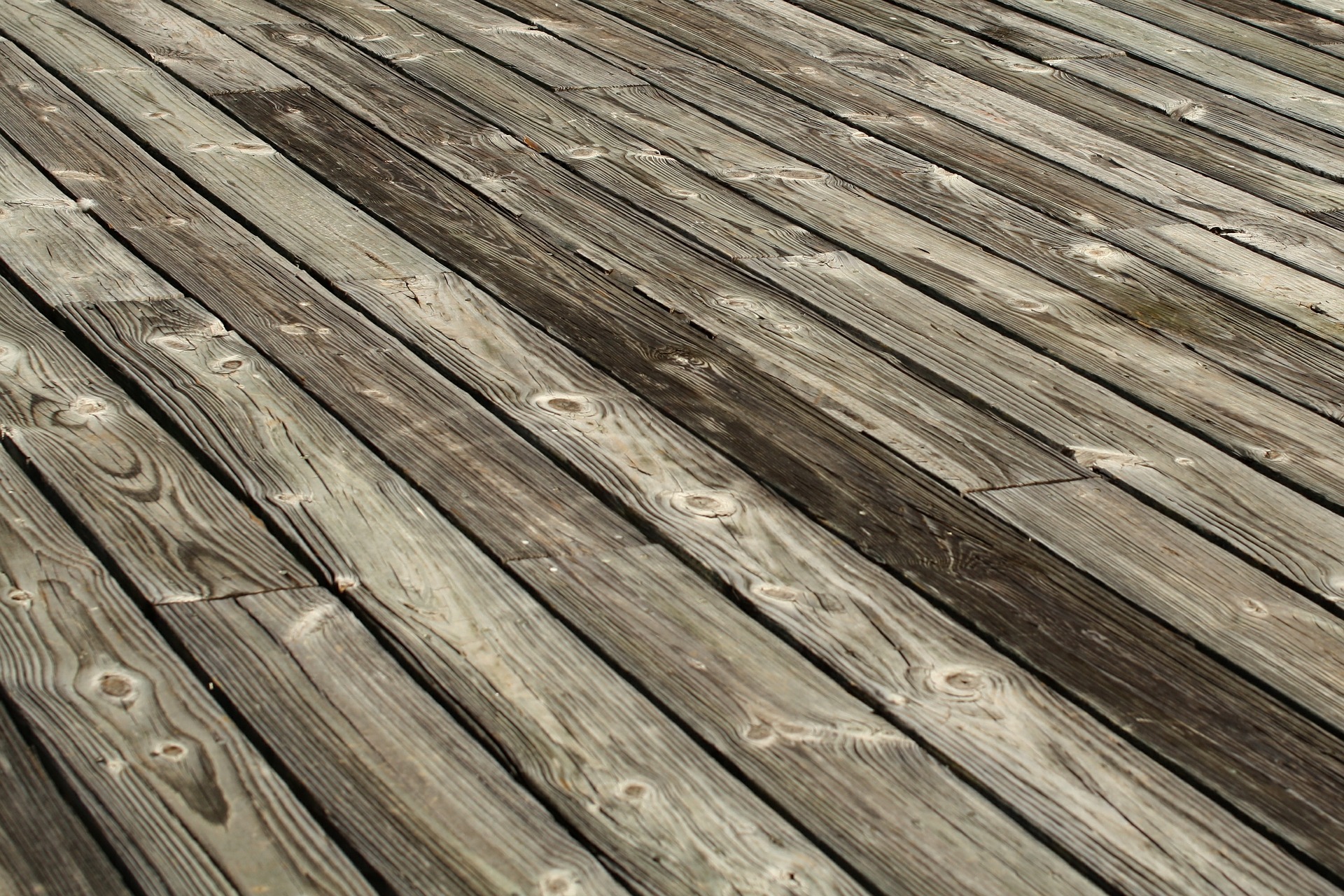
My property has woodworm! What do I do?
There are a few words that a property owner with landlord insurance will not want to hear. One of them is woodworm. When a problem has been diagnosed as woodworm, it is normal to think of a lot of worms eating the wood. In fact they are not a worm at all they are insects that bore into wood, causing damage to furniture and flooring.
What are woodworms?
It is very unlikely to see a wood boring insect in the home, because the adults will lay their eggs on wood and the larvae will then bore into the wood and stay for years before boring out of the wood again. Signs that they are there are small holes in the wood and very occasionally the dust as they emerge from the wood. These holes are in fact exit holes meaning that the beetle has emerged from and left the wood after spending time tunnelling through it as a grub. The most common woodworm is the furniture beetle.
Typical damage of woodworm
This beetle attacks softwood leaving 1-2mm exit holes. It prefers damp, rather than dry wood and the grub will head for plywood and then stay there for longer than any other type of wood. Any damp floorboards, loft timbers and old furniture are all good targets for the beetle. Woodworm work slowly, so it is a good idea to not rush out as soon as it is suspected they are in the home. Get the home properly surveyed by three or four firms who will go through with the best treatments with you and give a quote. They will not only check the infestation, they will be able to tell how much damage has already been done.
When the holes are first noticed the first thing to do is establish if the woodworm holes are a result of a past infestation that has been successfully treated, or if it is a new problem that will need treating. If it is an active infestation there will be will some fresh wood dust and holes. There are a number of DIY treatments that can be used on furniture infested by the furniture beetle. If it is going to be a DIY job, fluid will need injecting into a few holes with a special injector and, as an extra precaution, there is also an insecticidal polish to use. Remember to keep your tenant fully informed on the matter as they are the ones living in the property.
The DIY cure
Trying a DIY method to cure the problem will not always work because a lot of the most effective insecticides can only be obtained by certified professionals. Some are very toxic and potentially damaging to the environment. It may be very tempting to go for a blanket treatment, but this is not the greenest choice. A safe and highly effective treatment is borax, this is available as a crystalline powder, which is dissolved as a 15% solution in water and then is applied to the timber that is affected. There are no health hazards with this treatment, and borax will inhibit fungal growth and kill the woodworm.


